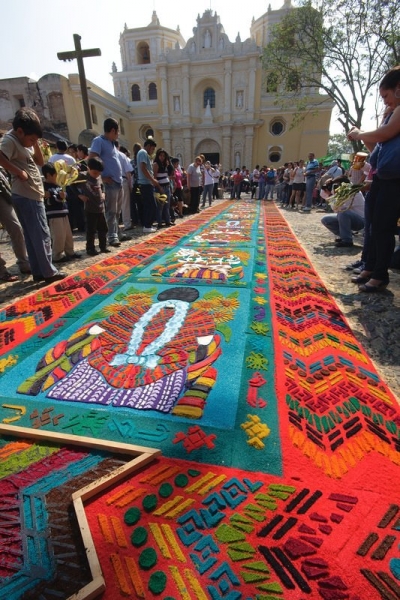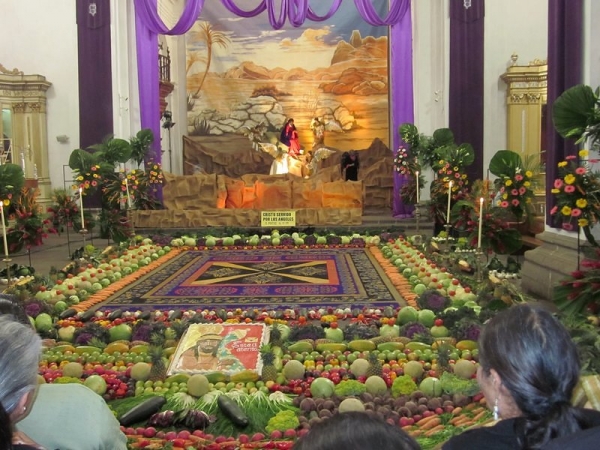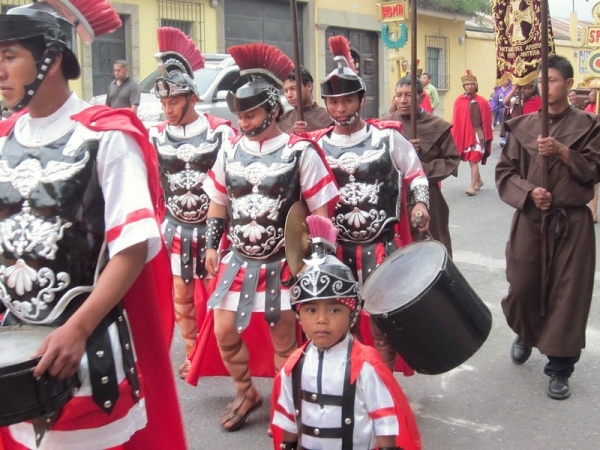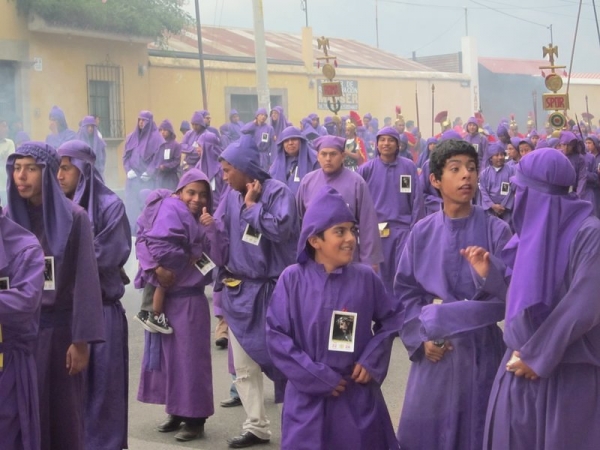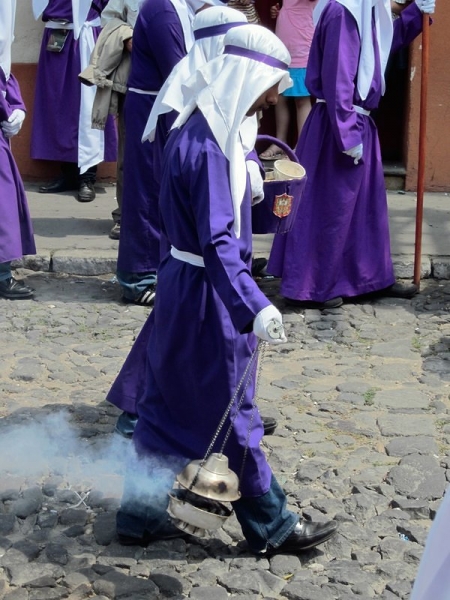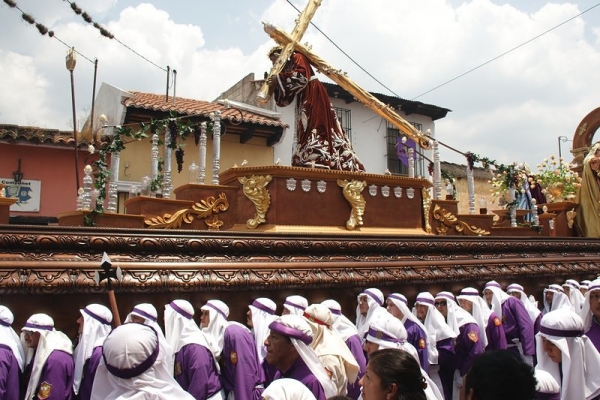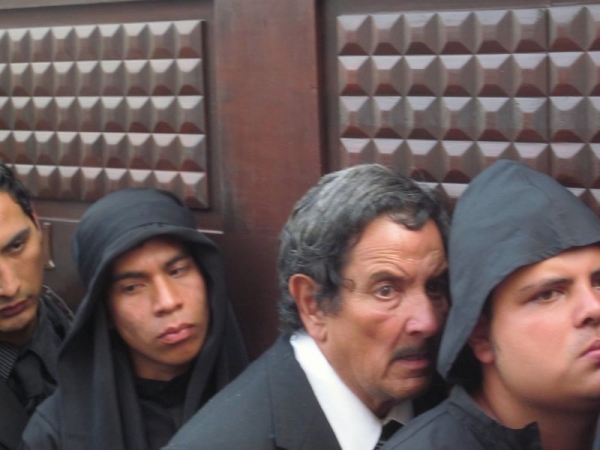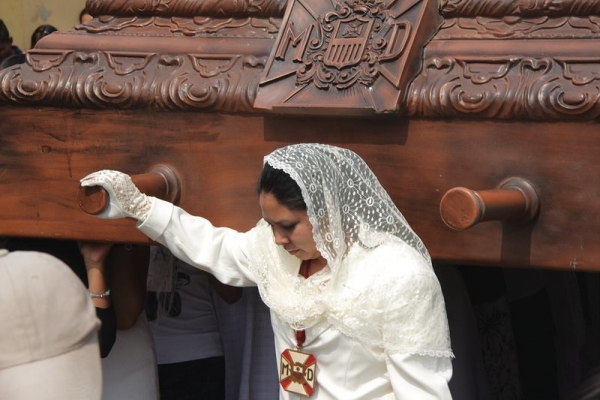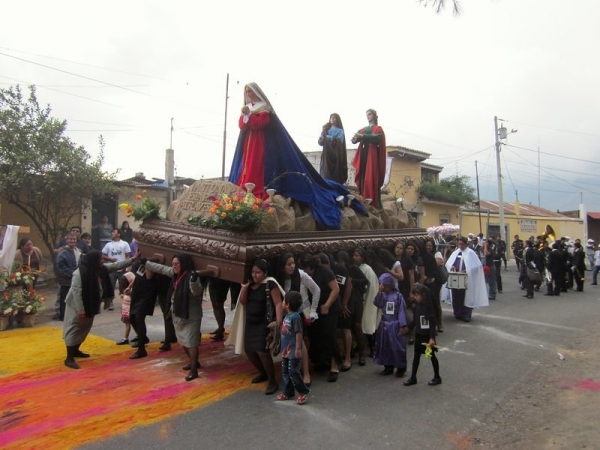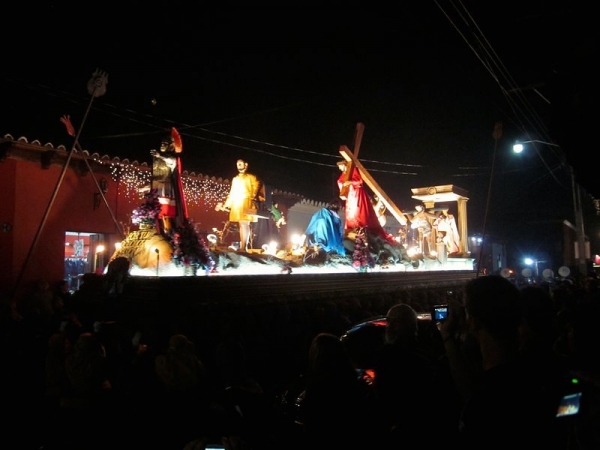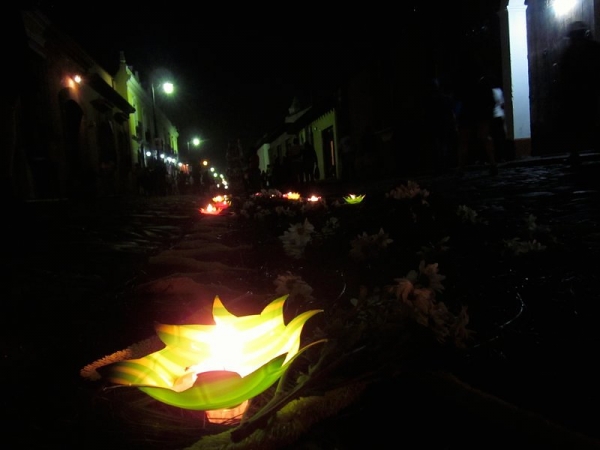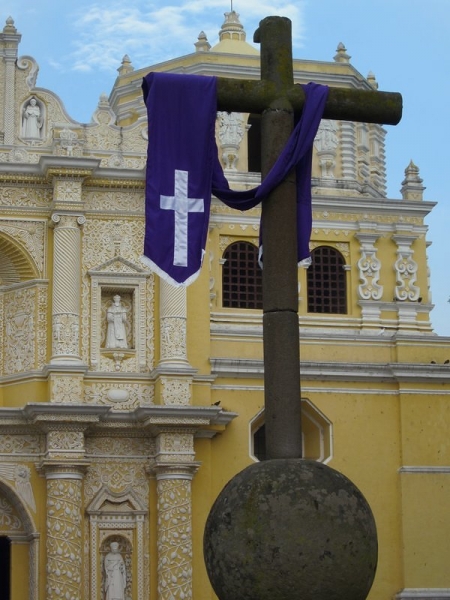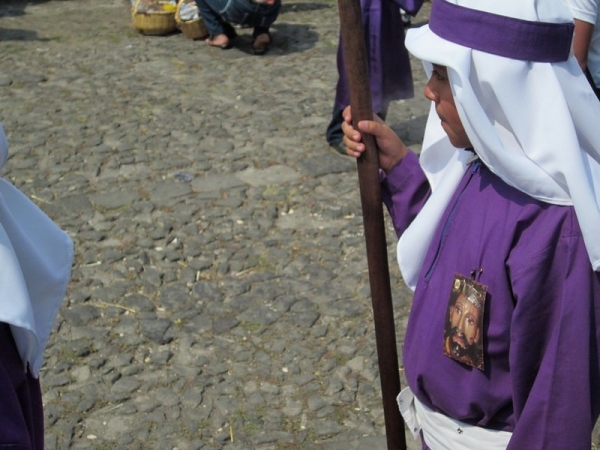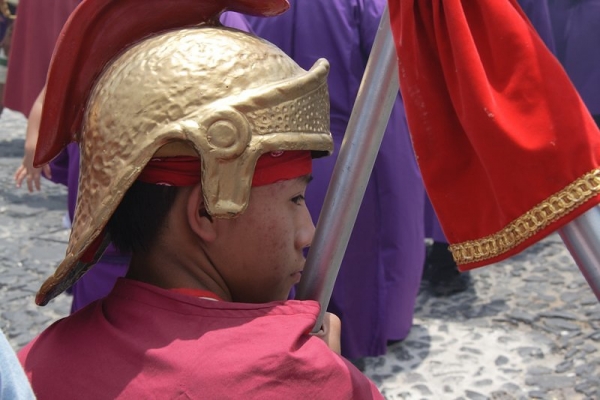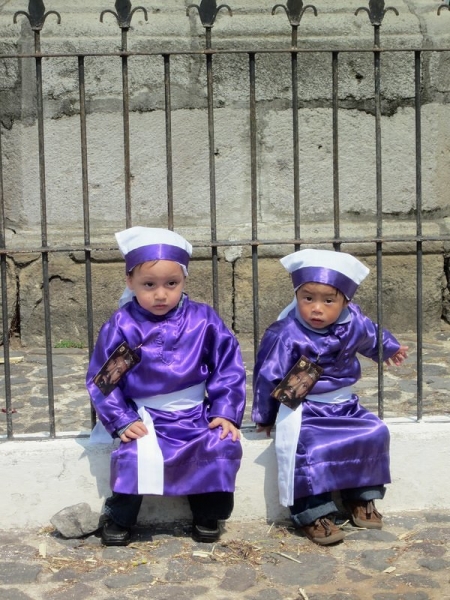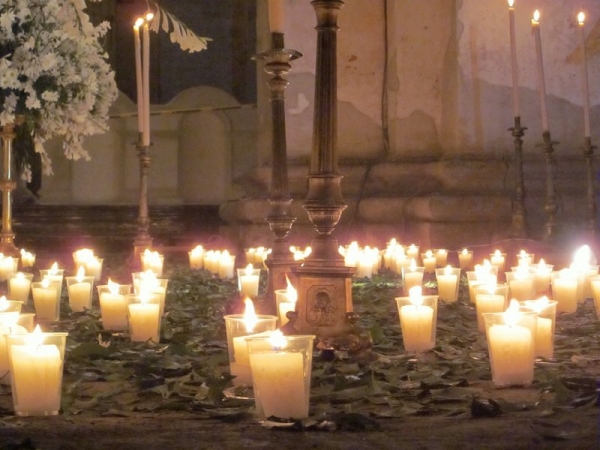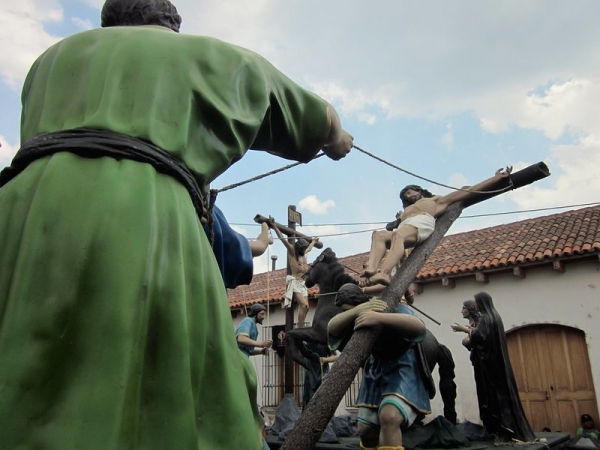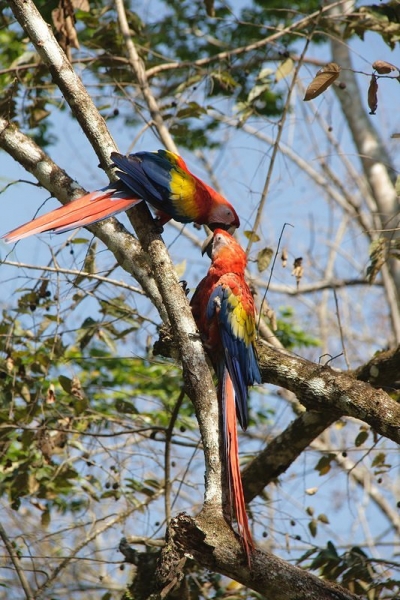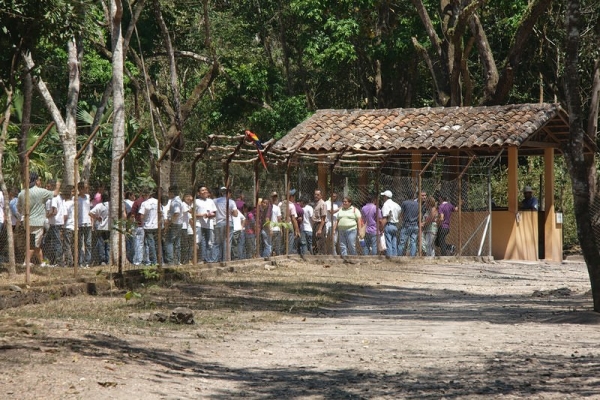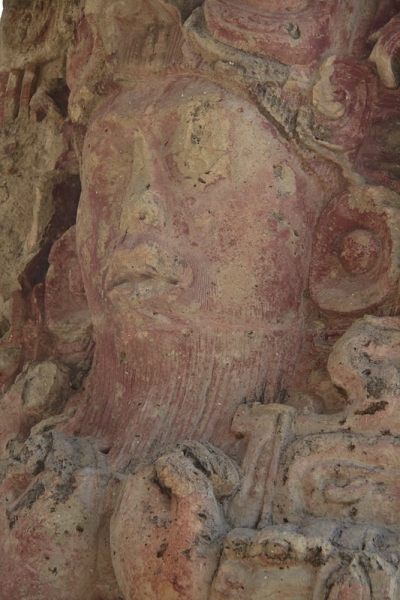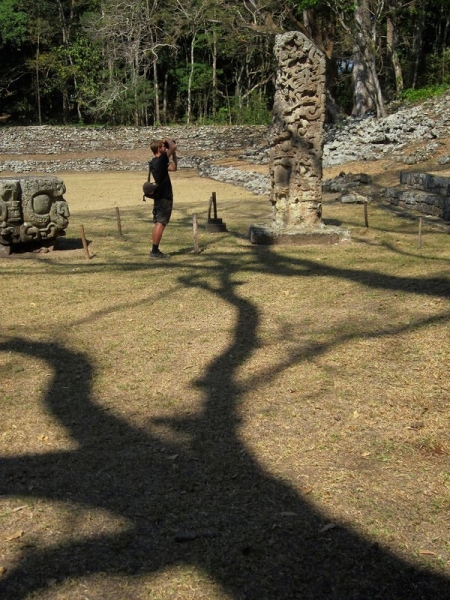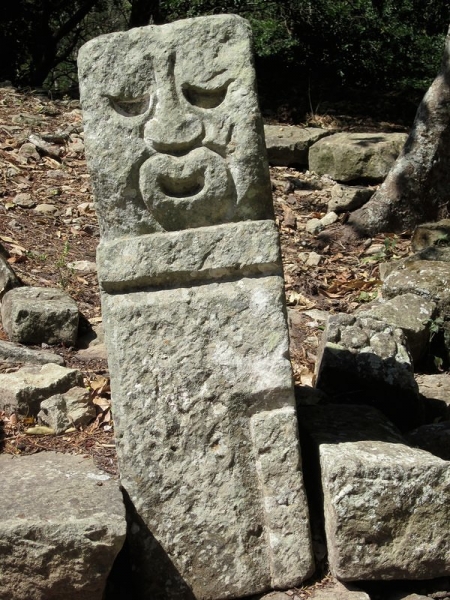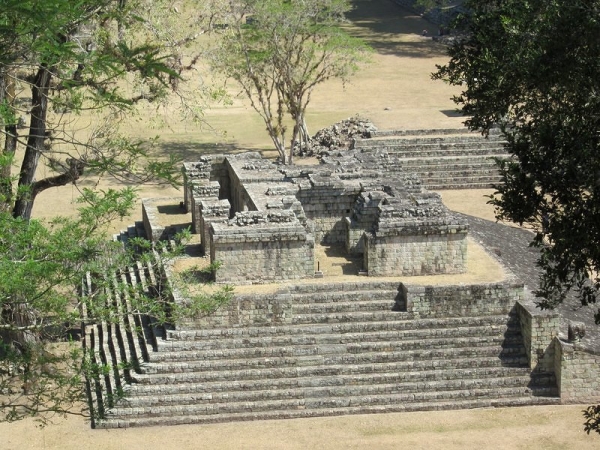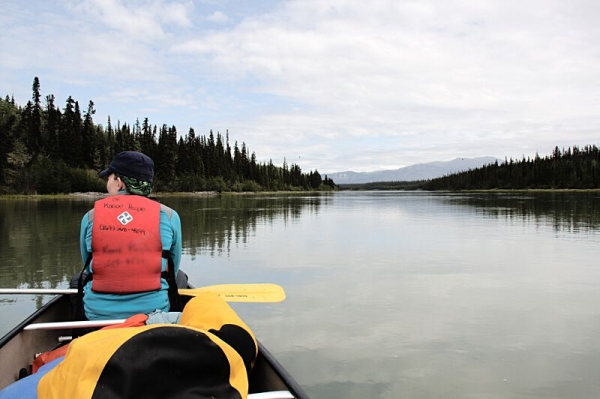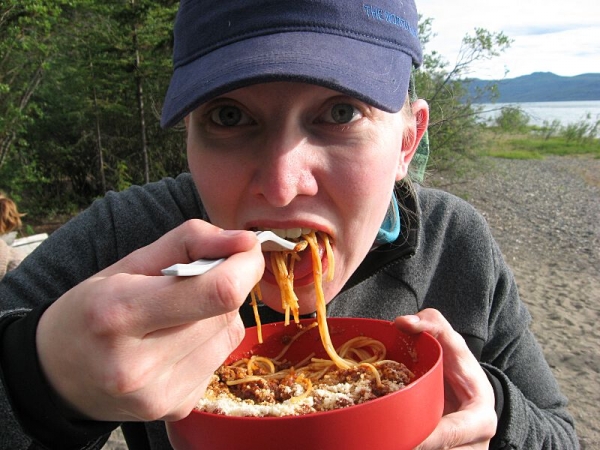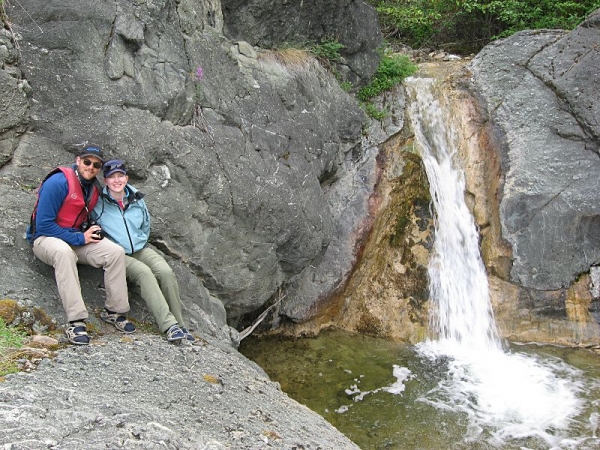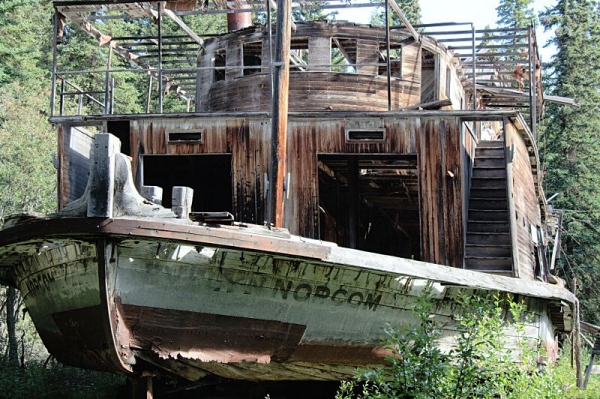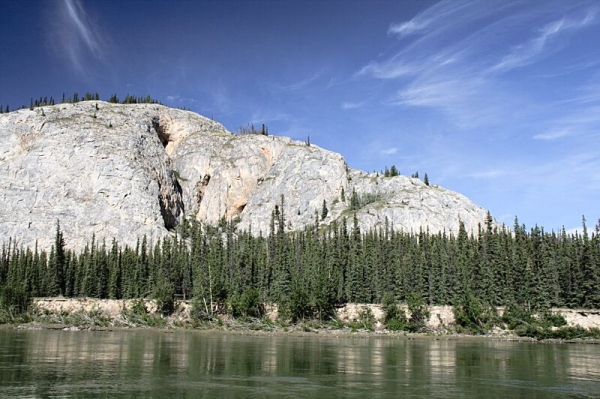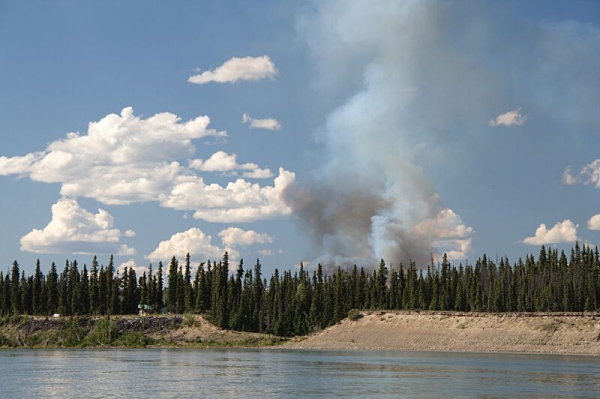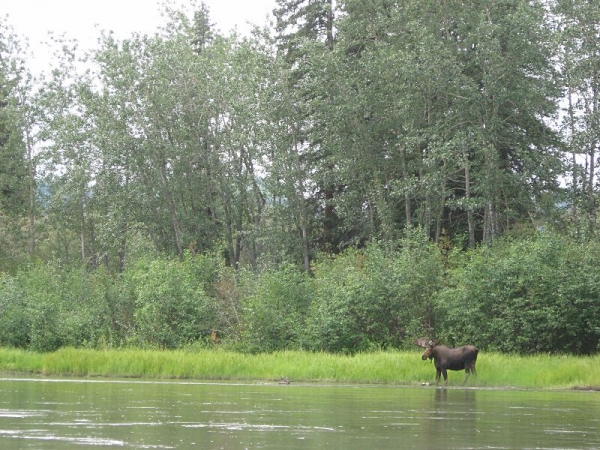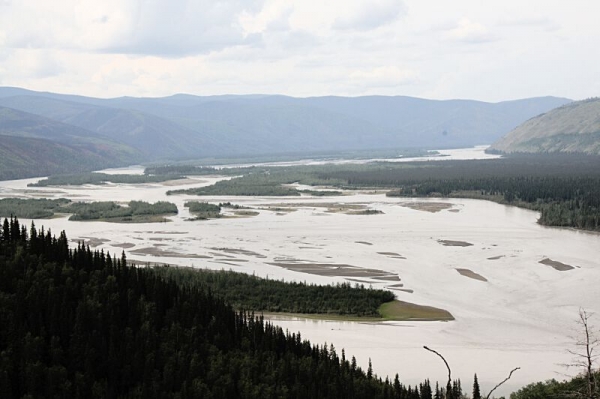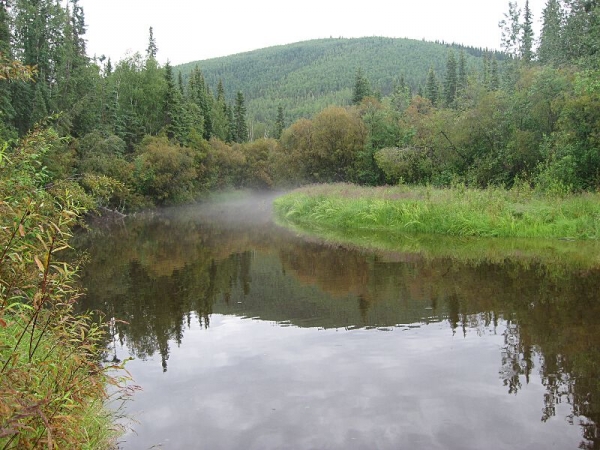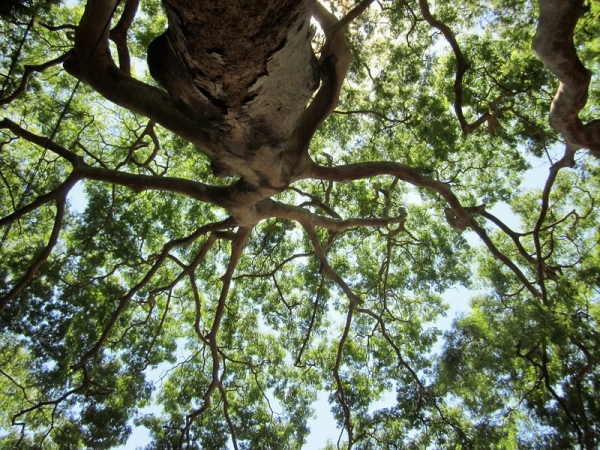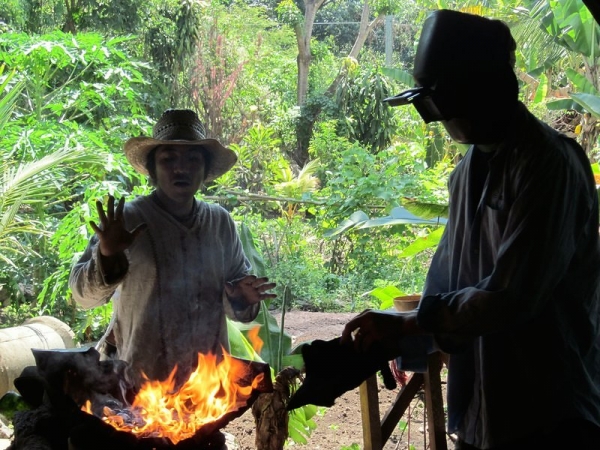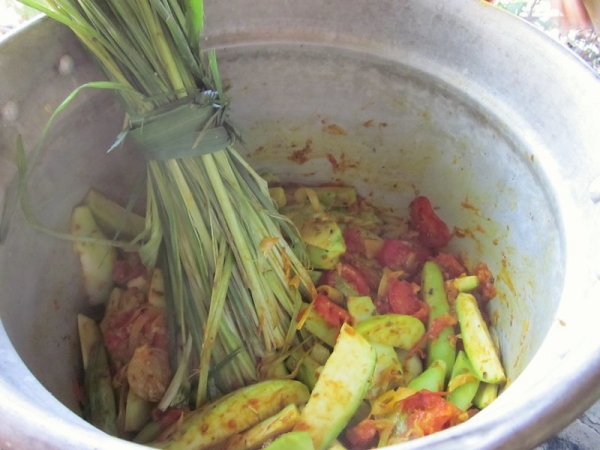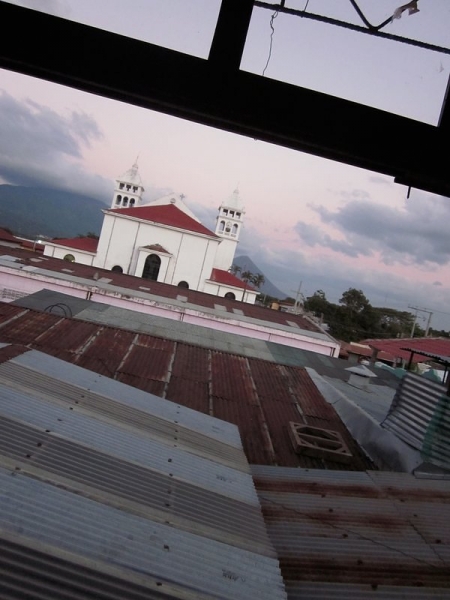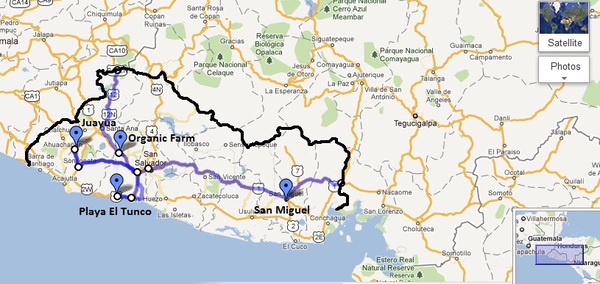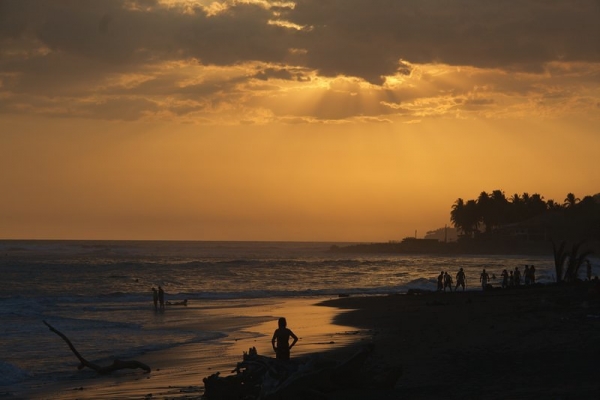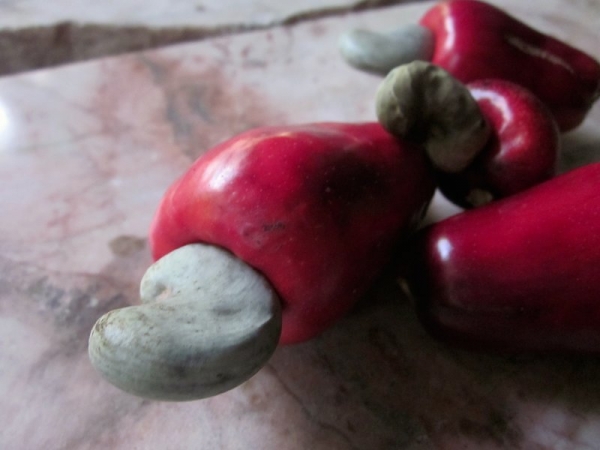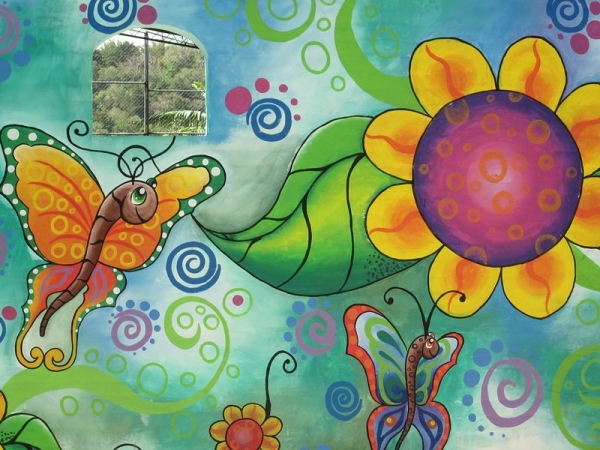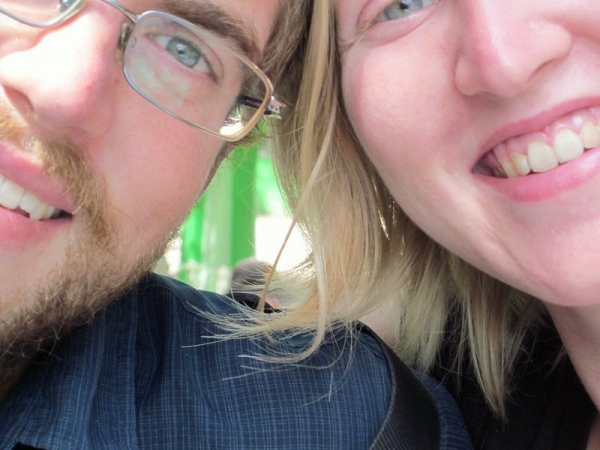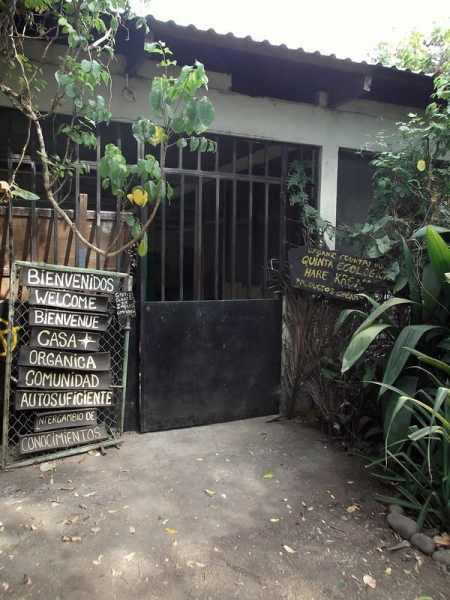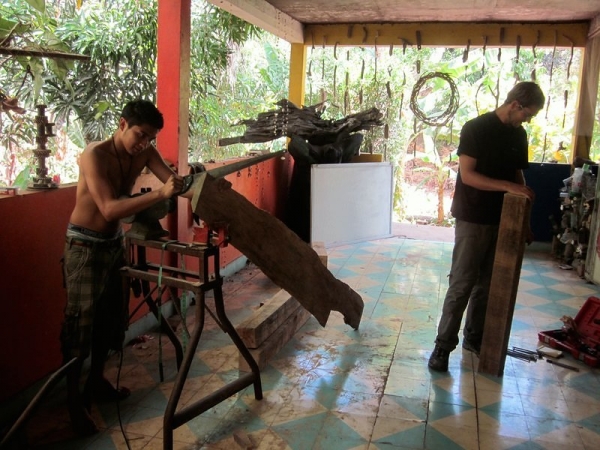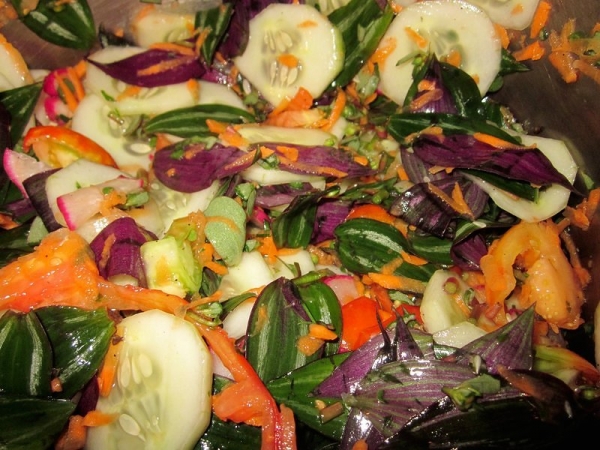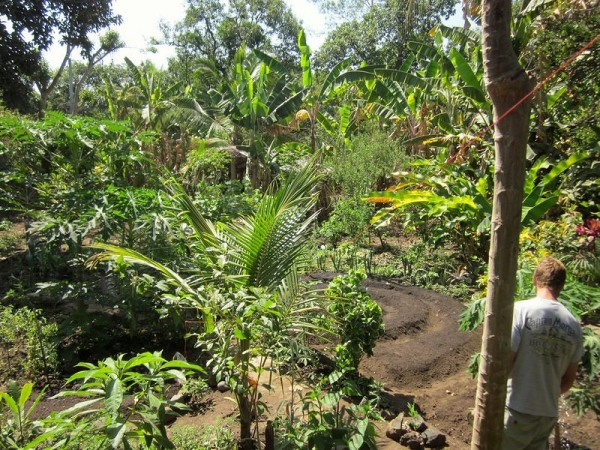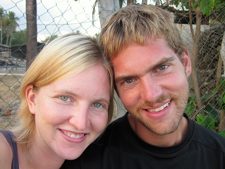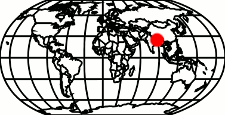What follows is our best effort to answer the hundreds of questions we receive daily through facebook, twitter, and this blog about Central America. Okay you caught me, zero would be vastly more accurate than hundreds. Consider this a preemptive FAQ then. Whatever it is, we put it together after 9 months of travel through Central America, visiting every country except for Panama. Is Panama the exception to the rule then? I don’t know, but I doubt it.
Cost
First of all, how much does Central America cost? Using our budget lifestyle as an example, we can now answer that question. It cost us $49.98 CAD per day or $13,794 over 9 months including the airfare to get here, 3 months of scuba diving, and 6 weeks of Spanish classes.
Language
In Utila, Honduras; most of Belize; and much of Costa Rica they speak English. Everywhere else, they speak Spanish and only Spanish. To make your life a lot easier, we highly recommend listening to a “Learn Spanish” CD of some type before your trip.
If you want to take Spanish lessons, there are a number of good/cheap schools all over. Plan to take 6-8 weeks of 4 hour lessons 5 days per week for an introduction to all of the major language concepts. If you just want the “Learn Spanish” CD basics, 1-2 weeks should suffice.
The People
Just like anywhere else in the world, the variance in people is vast. We’ve met people that we describe as “beyond friendly… helpful even” and we’ve met people that made us feel like we were walking ATM machines.
One thing that did impress us was how little of a grudge the average person held against us for being Canadians who look and sound the same as our neighbours to the South. As nations, Canada and the USA have not been kind to Central America, and still are not. There are plenty of sweat shops and unsafe mines in operation today. But despite the wars and other problems North Americans have contributed to, the people don’t seem to hold us as individuals responsible. At least not to our face, and that’s a good thing.
Accommodation
We stayed mostly in the cheapest hostels/inns that we could find. Internet access was about 50/50, free breakfasts were rare, and most rooms were nothing but a concrete box, just big enough to fit a bed into, and free from the blight of windows. In places, two dorm beds were cheaper than a private room and in other places the reverse was true. We stayed in dorms and private rooms indiscriminately depending on price. Our cheapest beds cost a combined $3.65 per night, the most expensive $45.93 with an average of $10.36 per night.
Toilets
They use the standard North American flush toilet with a few twists. Public washrooms cost money, so carry small change with you at all times. It’s not a bad idea to carry TP as well, because if you come across a free public toilet, it won’t have any. Speaking of toilet paper… it does not go inside the toilet, it goes in the waste basket, and don’t forget it. Toilet seats seem to be optional.
Showers
Where the weather is warm, the showers are cold. In the highlands where the weather is cold, the showers are hot. Beware the electric shower heads. They work wonderfully well, so long as you don’t touch them while you are wet, for example when having a shower. Zap!
Bugs
The ones that amazed us were the ants. They seem to be everywhere, in everything, and there’s nothing you can do about them (except to get off their ant hills. They are biters). Mosquitoes don’t seem to be much of a problem except in heavily forested areas like Tikal, Guatemala, and Southern Mexico. They do carry malaria, but I think dengue seems to be the more common illness they spread around.
Transportation
You’ve got three options, first class bus, second class bus, and shuttle. The first class buses are spacious, air conditioned (to ridiculously cold temperatures – dress warmly), tv showing, modern buses with bathroom on board. They are a great option for longer trips between cities especially when you have to cross borders. A 6 hour ride, crossing one border will probably cost something like $25 per person.
Second class transportation can be made up of old school buses (most commonly referred to as chicken buses), or mini vans. They leave very frequently and stop everywhere, which is handy when you need to flag one down on the highway, but not so handy when you are in a hurry. They are crowded (standing room only most of the time), and are notorious for petty theft. They cost about half what first class transportation does, and are our preferred method of transportation for any distance less than 6 hours.
Finally there is the shuttle service. You book this from any travel agent. The cost is usually double that of your first class options, and the conditions are equally as crowded as the second class options. On the flip side, you have the privilege of sitting on the knee of another tourist instead of a local for the duration of your trip. We avoid these wherever possible, with the exception being trips through Guatemala City where they seem to be the preferred method of not getting robbed.
Food
Typical fare consists of rice, beans, and corn tortillas. Honduras has the Baleada (a made-fresh flour tortilla filled with beans, cheese and sometimes meat and veggies), Guatemala has the best tortillas, and El Salvador the amazing pupusa (worthy of poetry). Contrary to our own belief, food is not served overly spicy. Any heat the food has is served on the side in the form of pickled peppers/veggies or salsa. Most street vendors will ask you if you want picante (hot sauce) and if you don’t speak Spanish they generally assume the answer is no.
Shopping for food is best done in markets. There’s usually better selection of fresher local produce than what you will find in the Walmart-owned full-sized grocery stores. And it’s more fun to walk though a market.
Restaurants are everywhere. Again, the cheapest prepared food can be found in the market, for a little over $1 per plate at lunch time. Comedors and sodas usually offer cheap set plates for breakfast (eggs, beans, rice, fried plantains, and sometimes cheese) or lunch (meat, rice, beans, and “salad”). If you go to a restaurant that serves international cuisine (read touristy place) you will be spending about $5 and up per meal. Tipping in local restaurants is purely optional. In the touristy restaurants, it’s expected and quite often you will find an extra 10% charge has been automatically added to your bill.
Weapons
Guns are everywhere. There are shotgun wielding security guards in front of every bank, fast food joint, and half of the stores in any city. Get used to seeing a lot of guns (the police and army have them too).
Personally, what bothers me more than guns are the machetes. Anyone who works outside will be carrying a machete. Most don’t bother buying a sheath for it, so you walk by a lot of people carrying brandished steel.
Crime
In total, we were pick-pocketed twice, losing a camera and a wallet with about $15 USD. Some of our luggage was stolen from an overhead compartment in a bus and Ashley’s mom had a bag lifted from the beach. Crimes of opportunity are a fact of life here, and you need to be careful.
Outside of our personal experience, we have met a few people who suffered more violent crimes. Several people have been robbed at knife/machete/gun point. One lady was sexually assaulted, and others have had their houses/tents broken into. Our general rule is to stay in after dark,and go out during the day. Restrictive, but you get used to it.
Currency
We always used local currency. Try to keep your small bills, as the large bills you get from the ATM’s can be near impossible to change. We learned to be strategic about where to spend the big bills so we’d have change for the market and street vendors.
ATM’s are easy to find, but they don’t all work. If you can, bring two different bank cards from two different banks that use two different payment systems. We use TD Canada Trust, and INGDirect. When one doesn’t work, the other usually does.
Converting currency when crossing borders is easy. Someone will find you at the border and ask if you want to convert anything. The cost is steep (about 10% usually) so try to spend what you’ve got in cash before moving on to the next country. Outside of the country it’s printed in, you’ll find money worthless. $USD are the exception.
If you plan on using VISA, expect there to be additional fees/taxes. Typically this can range anywhere from 4% to 8% depending on how big of a sucker you appear to be.
Shopping
Prices are always in local currency, don’t let those Belizians tell you it’s in US dollars. There are exceptions to every rule though, and some of the ultra touristy bars/hotels and most travel agents do list prices in USD.
“3X5” means three items for 5. This stumped us for a little while, as our educated brains kept doing the multiplication automatically arriving at an incorrect cost of 15 for one.
Electricity
If you are coming from Canada or the USA you are in luck. They use the same 110 volt, 60 Hz power we do, with the same plugs.
Drinking Water
Some hostels provide free drinking water, some don’t. In Costa Rica you can drink the tap water unless otherwise stated, the rest of the countries remain suspect in our mind. The cheapest way to buy water is in the 20L jugs. You’ll have to pay a returnable deposit on the bottle, and haul it back to your room. The savings can be considerable. Remember, you should be drinking 2L each day. Minimum.
If you have any other tips or questions, or just feel like saying hi, drop a comment.
